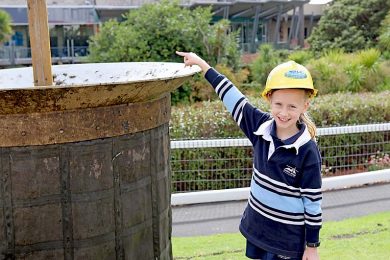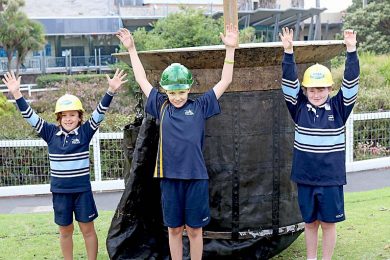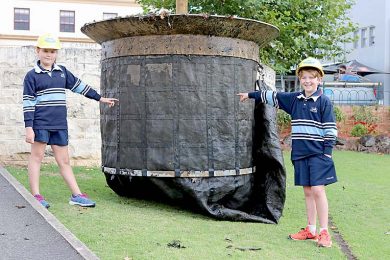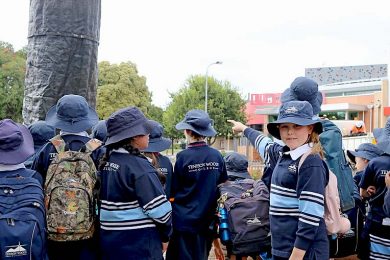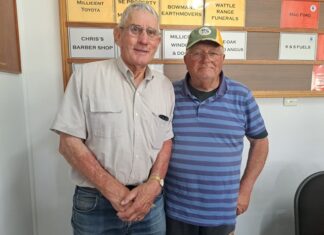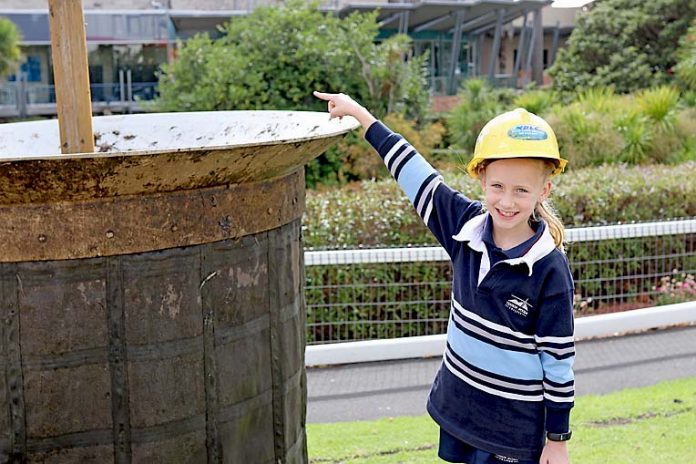

WITH the first hint of winter weather arriving this week, Mount Gambier City Council is readily preparing the city’s drainage systems to prevent blockages and overflows.
Keeping debris and litter out of the city’s groundwater has been council construction and maintenance worker Darrin Wilke’s main priority for almost two decades.
Just yesterday, one of four annual clean outs of the city’s largest gross pollutant trap – Sid’s Lid – was successfully carried out.
“Usually we collect around three to four tonnes of debris but this time it is slightly less,” Mr Wilke said.
“Mainly we collect common road silt, broken down leaves, stones and dust but we have not had much rain since we last cleaned it in September last year.
“We are coming up to our busiest time of year as after summer the leaves collect into the pits and cause blockages.”
Mr Wilke said the trap, located near the Cave Gardens, filters water into the nearby sinkhole and prevents litter from entering the attraction.
“This almost seven-metre deep trap is one of four and has been present since 2001, in conjunction with two smaller ones piped into our system,” he said.
“Due to being located in the central business district there is more rubbish so pits sift stormwater and prevent rubbish from entering our ground supplies.
“Although, wherever there is a low street in town there is some type of draining system where the water runs to the lowest point and catches rubbish on top.”
Mr Wilke said Mount Gambier’s drainage supply was unique compared to other cities.
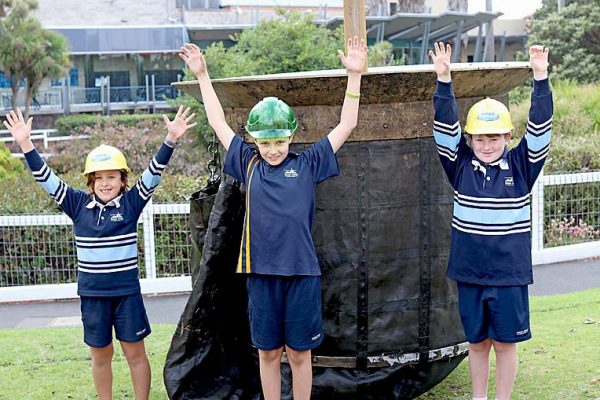
“All stormwater goes into our city ground supply, whereas other cities have spillways into rivers, creeks and eventually lead to the ocean,” he said.
“The people who come to Mount Gambier cannot believe we are not permanently underwater.
“We rely on these bore holes in the ground which are around 800 metres deep and some people have never seen anything like it.”
Mr Wilke said the drainage practices were among several techniques used to maintain the region’s pristine water.
“We have some the freshest and clearest water in the world due to the way it filters through the underground limestone,” he said.
“You can look at sources such as Ewens Ponds, Piccaninnie Ponds and the Blue Lake just to name a few.”
Council environment sustainability officer Aaron Izzard said a lot of Australian towns are investigating and implementing Mount Gambier’s proven strategies.
“We used a system called aquifer storage where we keep water underground when we need it rather than diverting it to rivers and creeks,” he said.
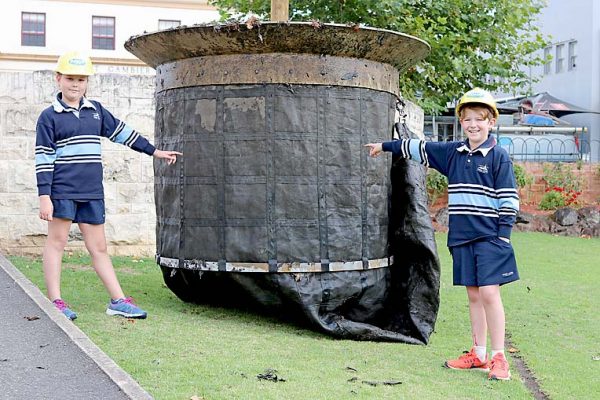
“We make sure we maintain our drains all-year round to keep rubbish out of our groundwater.”
Mr Izzard said council liked to highlight sustainable practices such as yesterday’s exercise as an educational resource.
“It shows students and community members where their rubbish actually goes if they do litter,” he said.
“Usually we have junior school students out to visit the practice to hopefully reinforce litter prevention and awareness.
“The main aim is to keep our environment clean.”
Tenison Woods College students visited the Cave Gardens yesterday and Year 4 teacher Donna Johnson said the excursion tied in well with the school curriculum.
“We come our every year to give the kids a broader idea of where waste goes in the South East and how we can prevent it from happening in the first place,” she said.
“We have recently learnt about sustainable practices including where we put our waste and the right place to put it.
“I think this is the perfect eye opener for them to understand if they drop rubbish where it will come out.”
Ms Johnson said students prepared for the excursion with classroom activities to better understand the process.
“While preparing for the excursion students watched a video of the same process,” she said.
“Lots of the students seemed to think it was gross and one student even said every Saturday his parents and himself were going to go through their rubbish and make sure they put it in the right bin.
“If we can have impact on them just a bit then hopefully in the future we can make a difference.”

